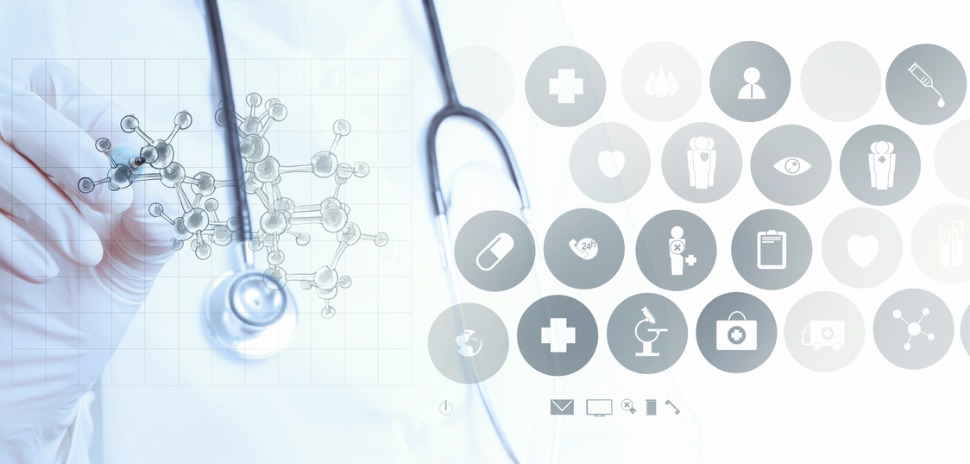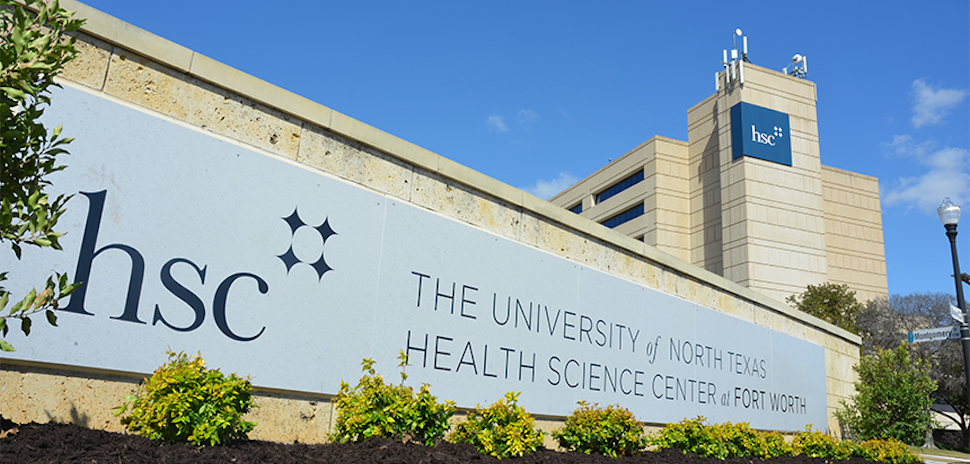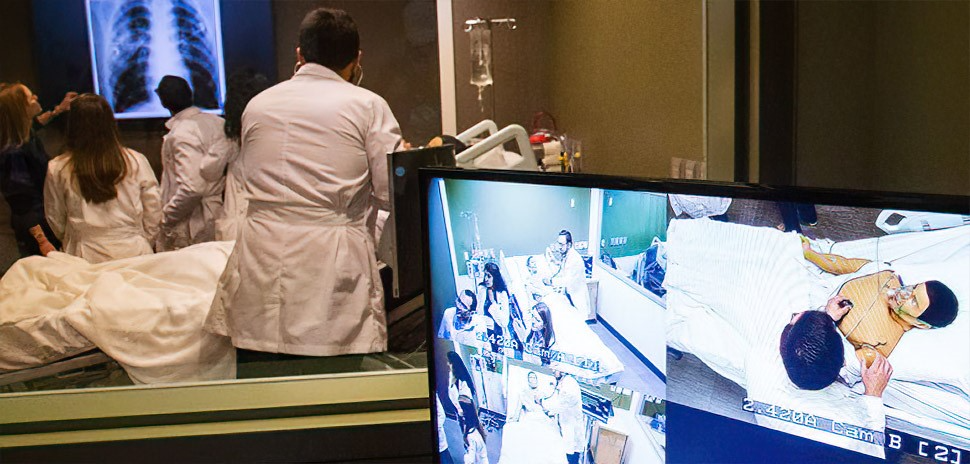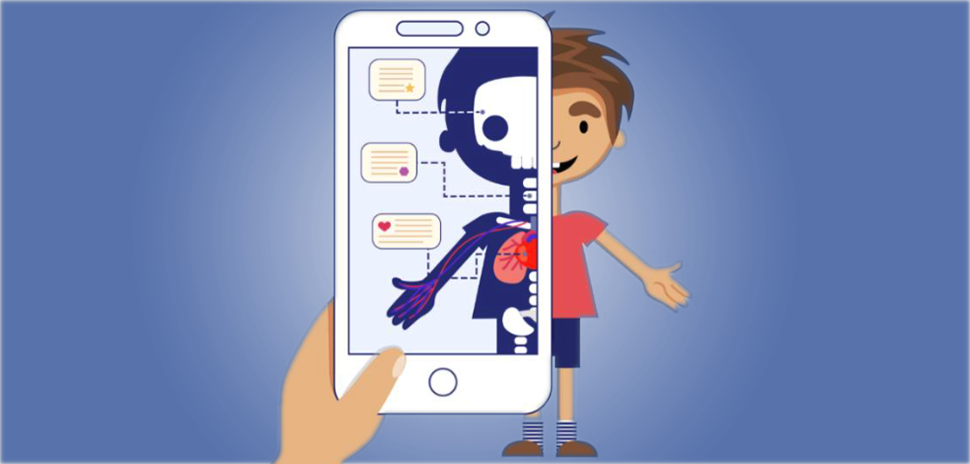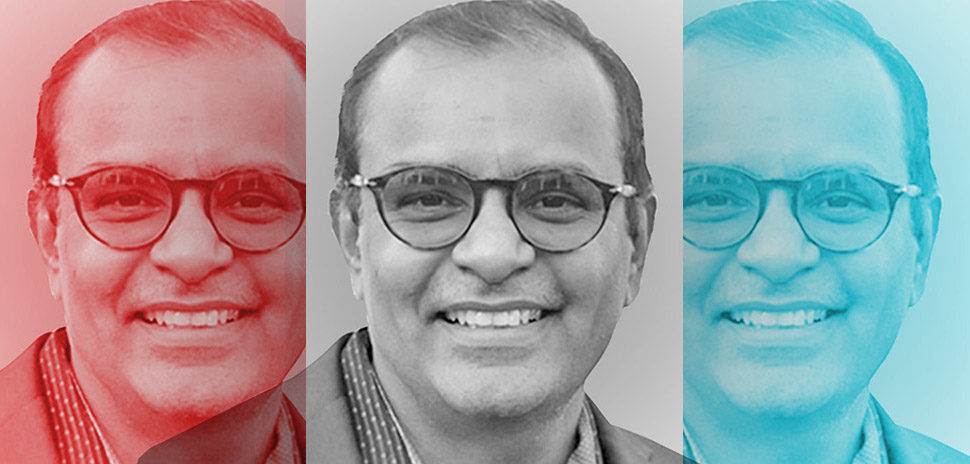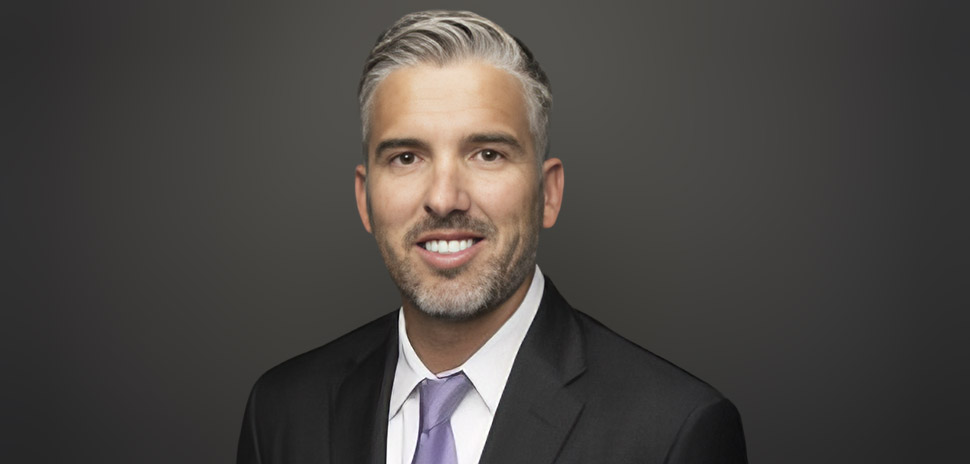Medical schools are thinking differently about how they educate the next generation of health-care professionals.
The Fort Worth medical school opening in 2019 as a partnership between Texas Christian University and the University of North Texas Health Science Center will focus on patient-centered training and the business side of health care. It will provide a team-oriented educational approach that it says will shape the future practice and business of medicine.
“Our students will become physicians who focus on their patients and learn to deliver care as part of larger health care teams,” UNTHSC President Michael R. Williams said when the school was announced.
At UT Southwestern Medical Center in Dallas, a new course teaches medical students the compassion they will need to interact with patients through the lens of art.
Now, Texas A&M University soon will be training doctors to also be engineers in a new initiative called EnHealth.
It hopes merging medical knowledge with engineering know-how will create so-called “physicianeers” and translate to better patient outcomes.
It’s a marriage of knowledge and skills that goes back more than 50 years with the development of the pacemaker device to regulate the human heart beat. The doctors had the medical knowledge, but they needed an engineer to make the device a reality, KERA reported.
PHYSICIANEERS SHOULD BE ADEPT AT PROBLEM SOLVING
In the intervening years, the chasm between medicine and engineering has narrowed to the point now where the disciplines regularly help create cutting-edge treatments and devices for a variety of conditions and maladies.
KERA noted Dallas startup MedNoxa, which operates at Health Wildcatters, as an example of the engineering and medical pairing. Founded by U.S. Marine Eric Frey, who majored in mechanical engineering, MedNoxa’s product is a bandage that creates its own oxygen to help wounds heal faster. It was developed by a multidisciplinary team.
“Our technology [is] is a bandage that generates oxygen from the chemical decomposition of hydrogen peroxide,” Frey told KERA.
“From this sort of engineering-based mindset — a mindset that we call ‘physicianeers’ — should emerge a group of students who are better equipped and more effective and efficient in problem solving,”
Roderic Pettigrew
The bandage is applicable to many uses, but could be particularly helpful to diabetics who have wounds that won’t heal and sometimes lose limbs.
Texas A&M’s new approach will integrate engineering into all colleges that are part of the university’s health-care endeavors.
EnHealth will be based in Houston, and will be led by doctor-engineer Roderic Pettigrew. Its curriculum will challenge medical students to think about improved ways to diagnose, treat, and prevent disease while they’re still in school, KERA said.
“And from this sort of engineering-based mindset — a mindset that we call ‘physicianeers’ — should emerge a group of students who are better equipped and more effective and efficient in problem solving,” he told KERA.
Pettigrew said that EnHealth students will earn an M.D. and a masters in engineering in four years.
Hubert Zajicek, a doctor himself and CEO of Health Wildcatters, told KERA that the idea of creating “physicianeers” might be tough because each discipline approaches a challenge in different ways.
He used the example of someone with a hearing problem.
“A physician may look at hearing aids, other assistants, cochlear implants, trying to figure out what is the problem and is there a fixable solution?” Zajicek said. “I think an engineering approach may be what do we need to build an ear?”
READ MORE
Course Teaches Med Students Compassion Through Art
Future of Health Care: Life Science Leaders Outline What Lies Ahead for Industry at iC3 Summit
![]()
Get on the list.
Sign up to keep your eye on what’s new and next in Dallas-Fort Worth, every day.
And, you’ll be the first to get the digital edition of our new Dallas Innovates magazine:
The annual edition publishes in January
![]()

